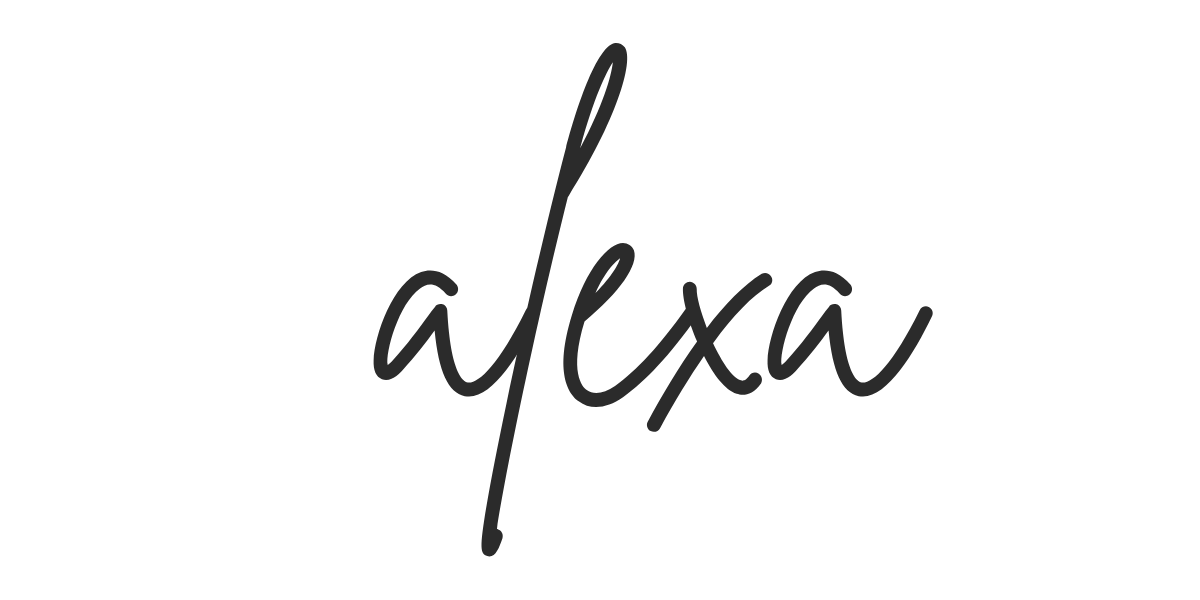Challenge #3: Get More Steps
Trust me, it's not as many as you think! Start slow and build.
Alright, alright, alright.
I get it—the tracking challenge may have felt overwhelming (and honestly, a bit off-brand compared to what you’re used to here). But here’s the thing: tracking isn’t about restriction or dieting. It’s about awareness. In this year of expansive health, we’re embracing the truth that health is filling in the gaps and energizing your whole.
Tracking is like budgeting. It’s a good way to understand how you spend your energy and whether it is a good, productive, and healthy use of it. If you want to learn more about what I and others have been learning from tracking (plus, get my favorite tracking app), join us in the chat.
Challenge #3: Add More Steps to Your Day
This week, we’re expanding on tracking by focusing on steps. Don’t worry—you don’t need a fancy gadget or an app to do this. It can be as simple as adding 10-15 extra minutes of movement to your day, which is roughly the time it takes to walk 2,000 steps.
Specifically, aim for 2,000 extra steps (but if that doesn’t seem realistic based on where you are starting, set your own target).
This challenge comes straight from the Nourished Planner (aka, the home of the Health Snowball). If you don’t have one, snag it—it’s packed with tools to help you build health into your daily life. Plus, it gives you a place to track your progress and create habits that fit into your existing routine.
Your body might be bored: Why movement matters.
Feeling fatigued, burnt out, or stuck? Even though you don’t feel like you have the energy to move, it’s a movement that creates energy. And movement is something your body was designed for.
A lack of movement is often associated with a bored body. A bored body is a stuck body that often seeks out problems.
It seems counterintuitive, but consistent light-to-moderate movement can help energize your body and erase your fatigue. Movement helps shift your body from the '“fight-or-flight” or "freeze" mode that often comes with a dysregulated nervous system. When we don’t move, energy builds up and gets “stuck,” leaving us feeling heavy and drained—not because we lack energy but because we’re overwhelmed by it.
The solution? Move your body.
Movement helps release that stuck energy, rebalances your nervous system, and reinforces healthy structure.
Walking is The Ultimate Life Hack
Research indicates walking isn’t just great for your body and health; it changes your brain, emotions, relationships, memory, and how you interact with life.
I don’t love the word "hack," but walking is truly a life hack that can influence every other area of your life.
How Many Steps Should You Aim For?
The daily recommended (minimum) amount of movement for health is about 8,000 steps. However, I like to think of health based on ranges. Ideally a daily average would be somewhere between 8,000-15,000 steps daily.
**I say average because some days you won’t hit 8,000, and others you may get more. The key is consistency, not perfection.
So, where are you starting? Are you at the national average of 3,000-4,000 steps a day? If so, don’t double it overnight. Start by adding 1,000-2,000 extra steps daily, and let that become your new normal. When it feels good, build from there.
Slow is better!
One of the biggest health misconceptions is doing too much too soon. Your body—especially a healing body—thrives on slow, steady change.
If you push too hard, you risk soreness, inconsistent follow-through, and even increased hunger and cravings. Slow and steady wins the race, as they say. Or, in my quote of the year:
“Slow is smooth, and smooth is fast.”
How to Tackle This Challenge
Here are two ways to add more steps:
Dedicated Walks: Schedule at least 10-15 minutes to get outside and move.
Incorporate Movement: Add extra steps to your daily activities—park farther away, take the stairs, or pace during phone calls.
Imagine this: by the end of the year, you’re averaging 10,000-15,000 steps a day. Picture the physical, mental, and emotional transformation as you mobilize stuck energy and create healthy momentum by moving more.
Remember, these challenges aren’t about drastic shifts. By this time next year, we’re looking for just five solid habits that feel second nature.
Keep working through the challenges and see what sticks!
Keep working on the water challenge, tracking a bit longer, and challenge yourself by moving more daily.
Maybe we need to bring back the '90s walk-a-thons. Is anyone in favor?
As always, you can find me in the chat, where we hold each other accountable and share tips on what is working and how to help what isn’t.






